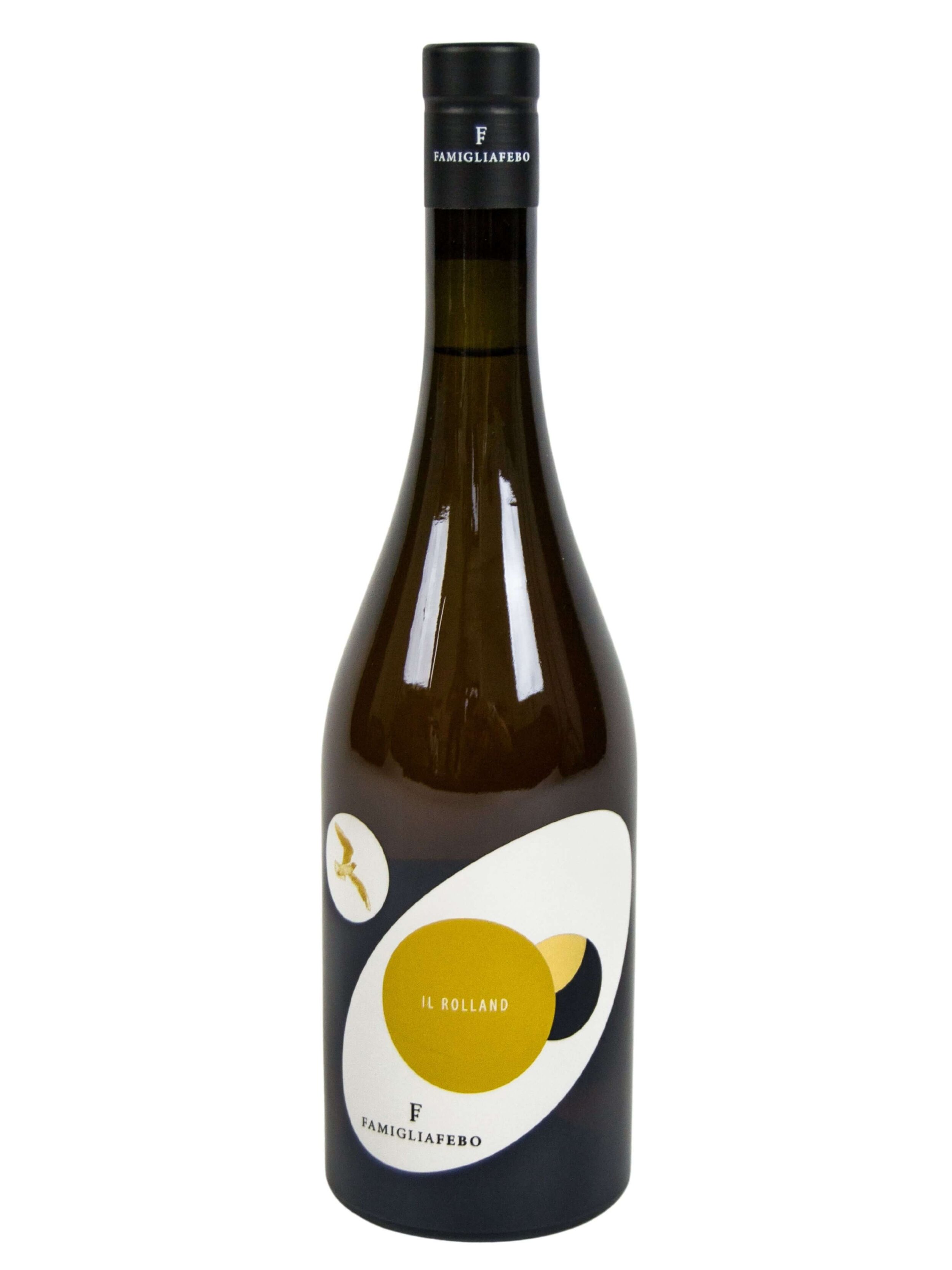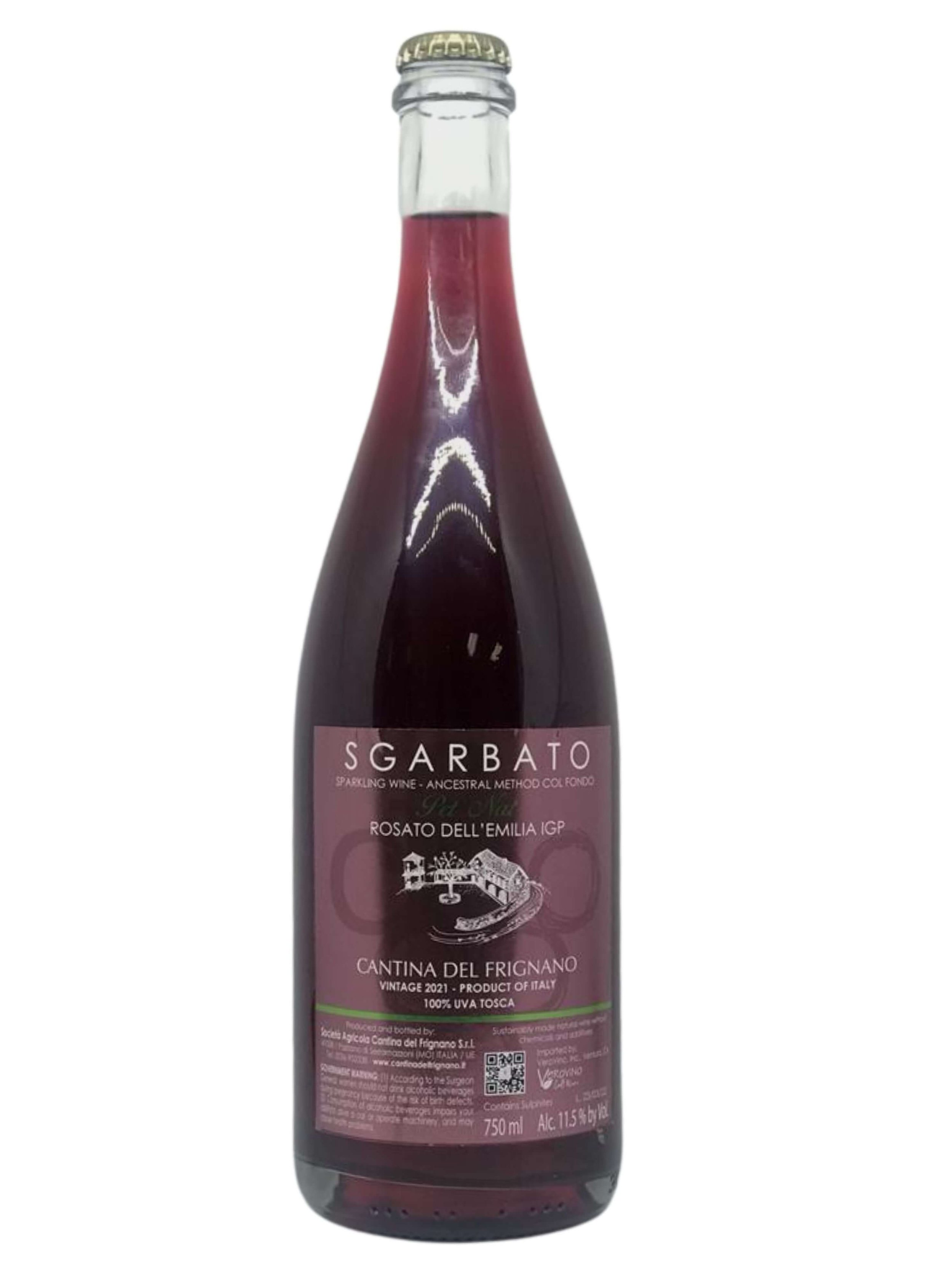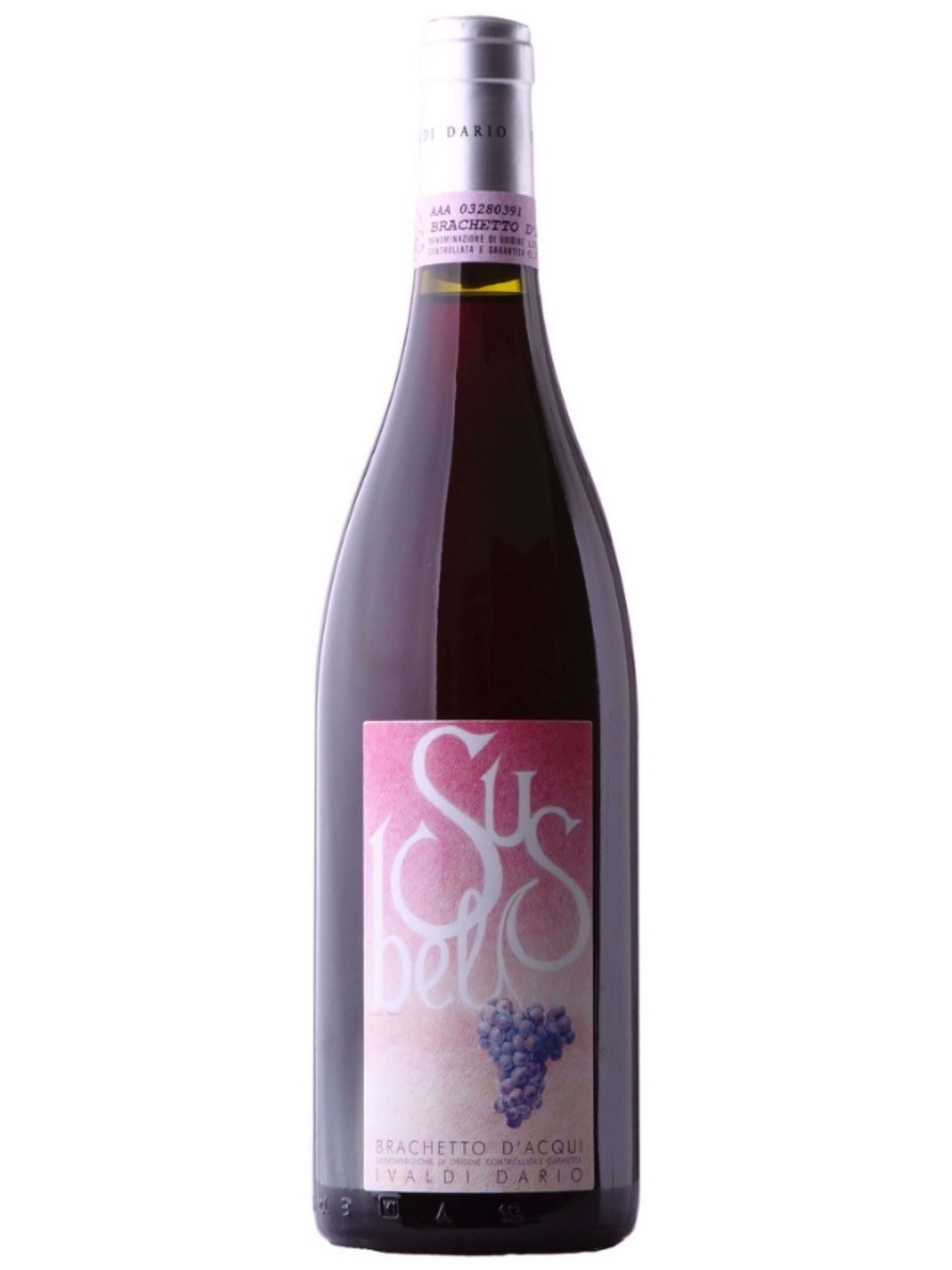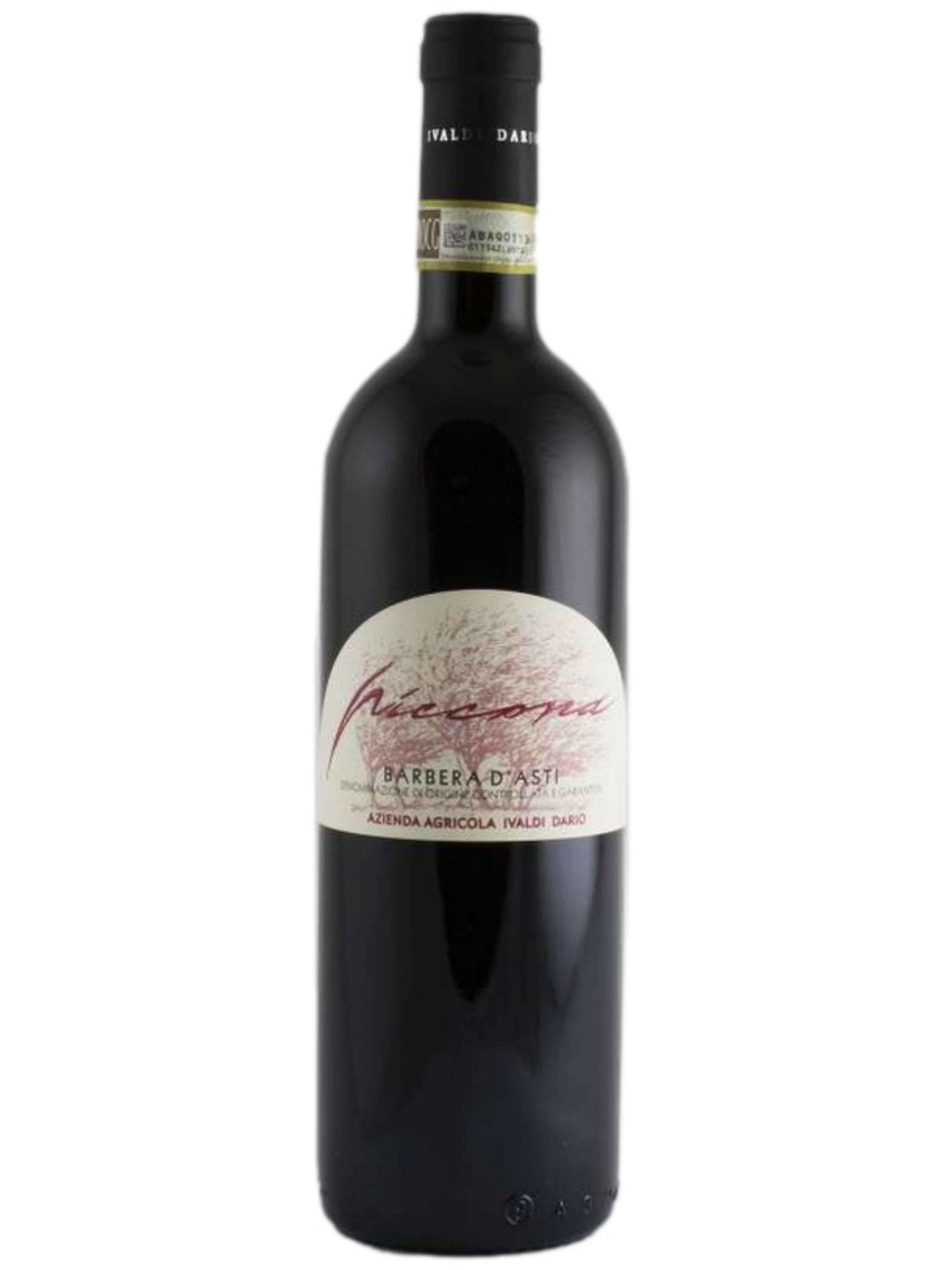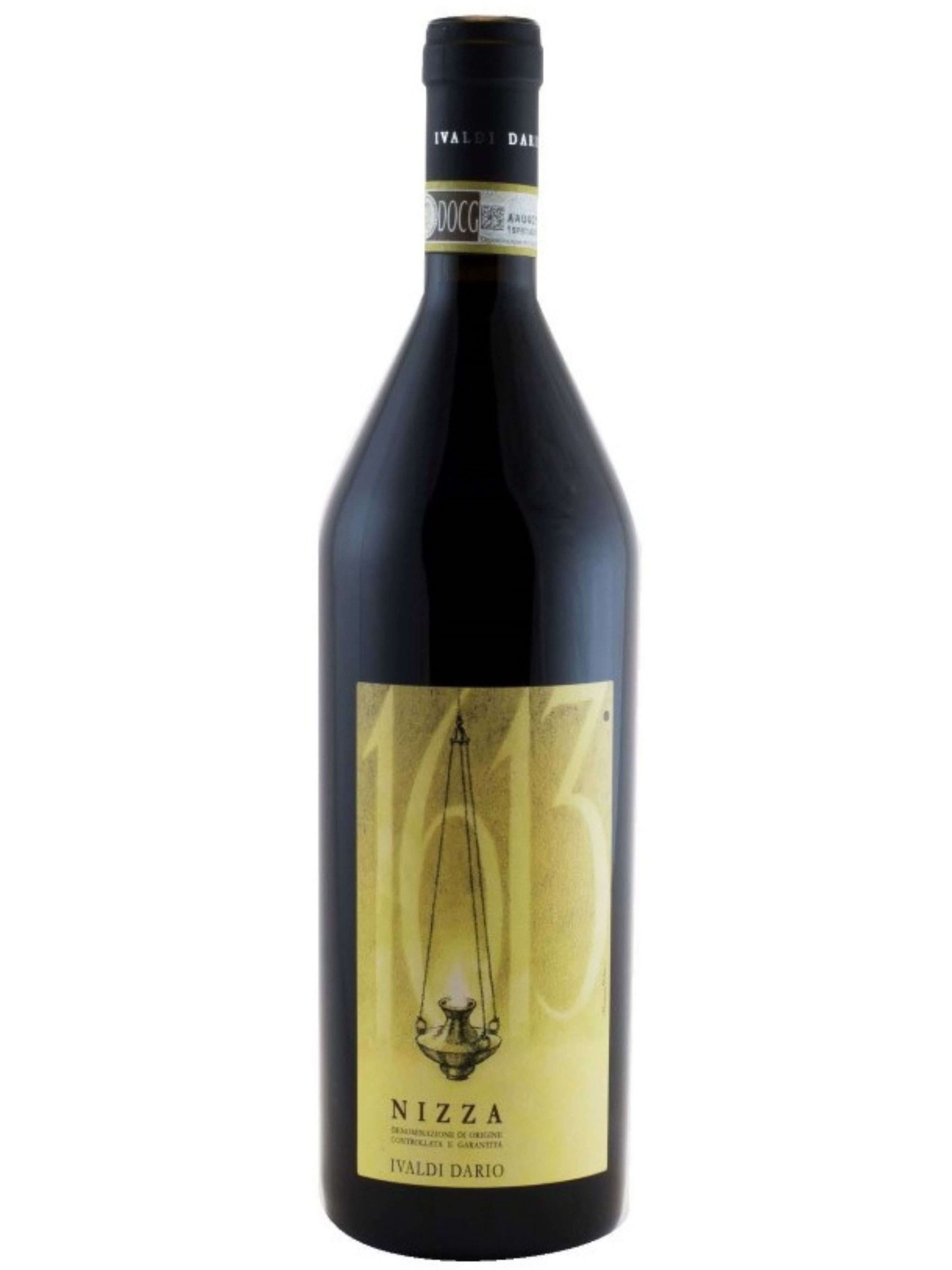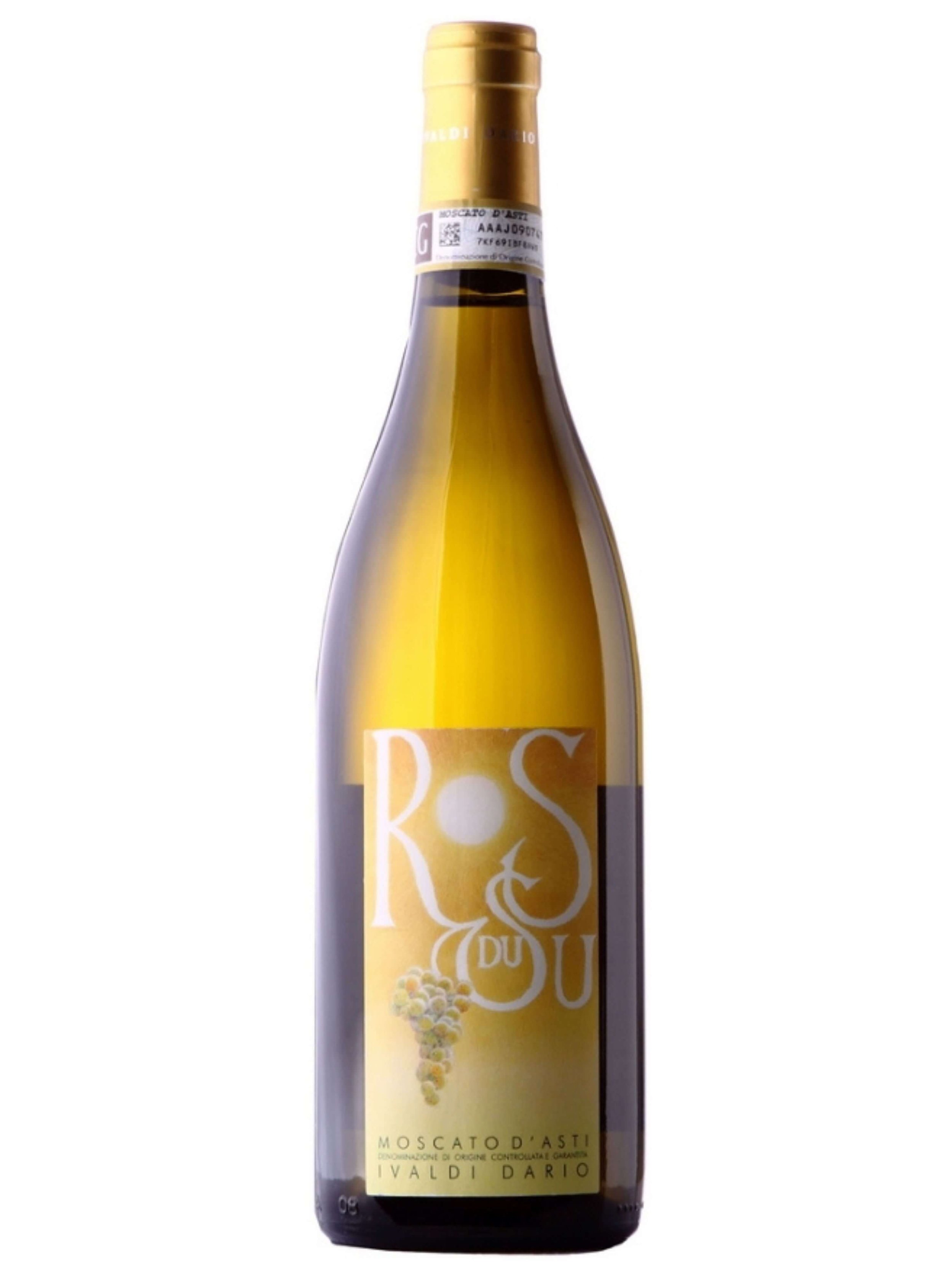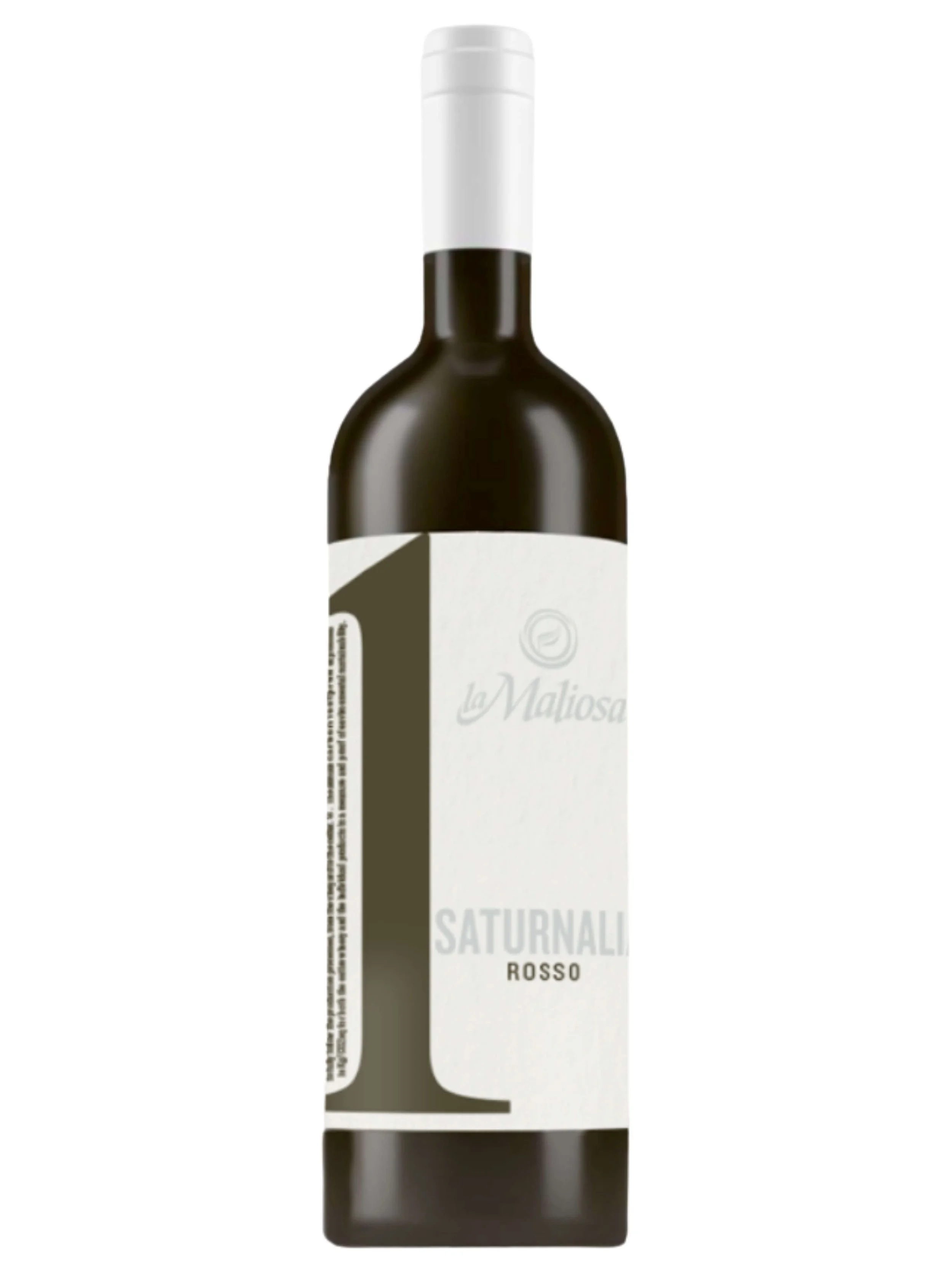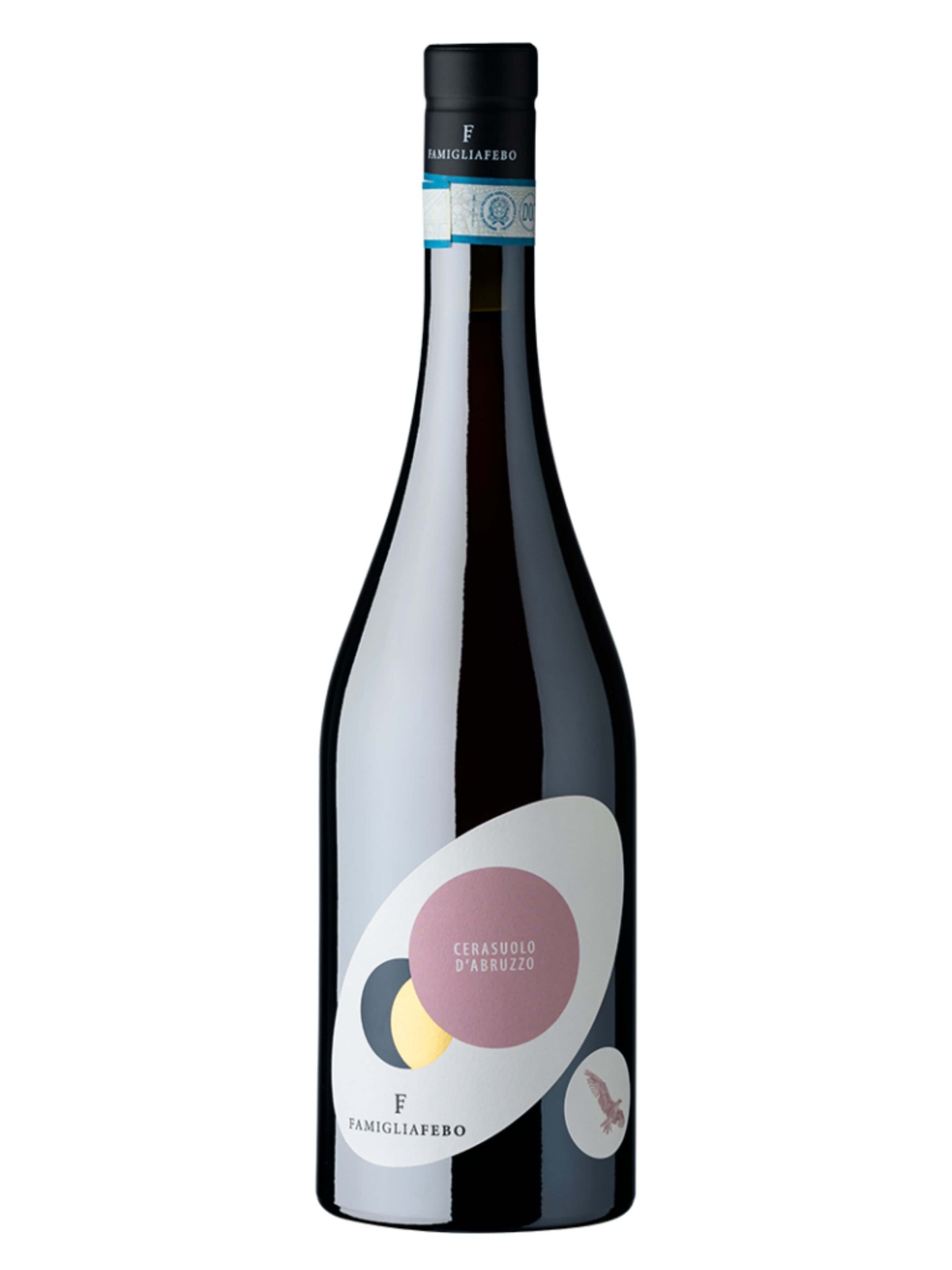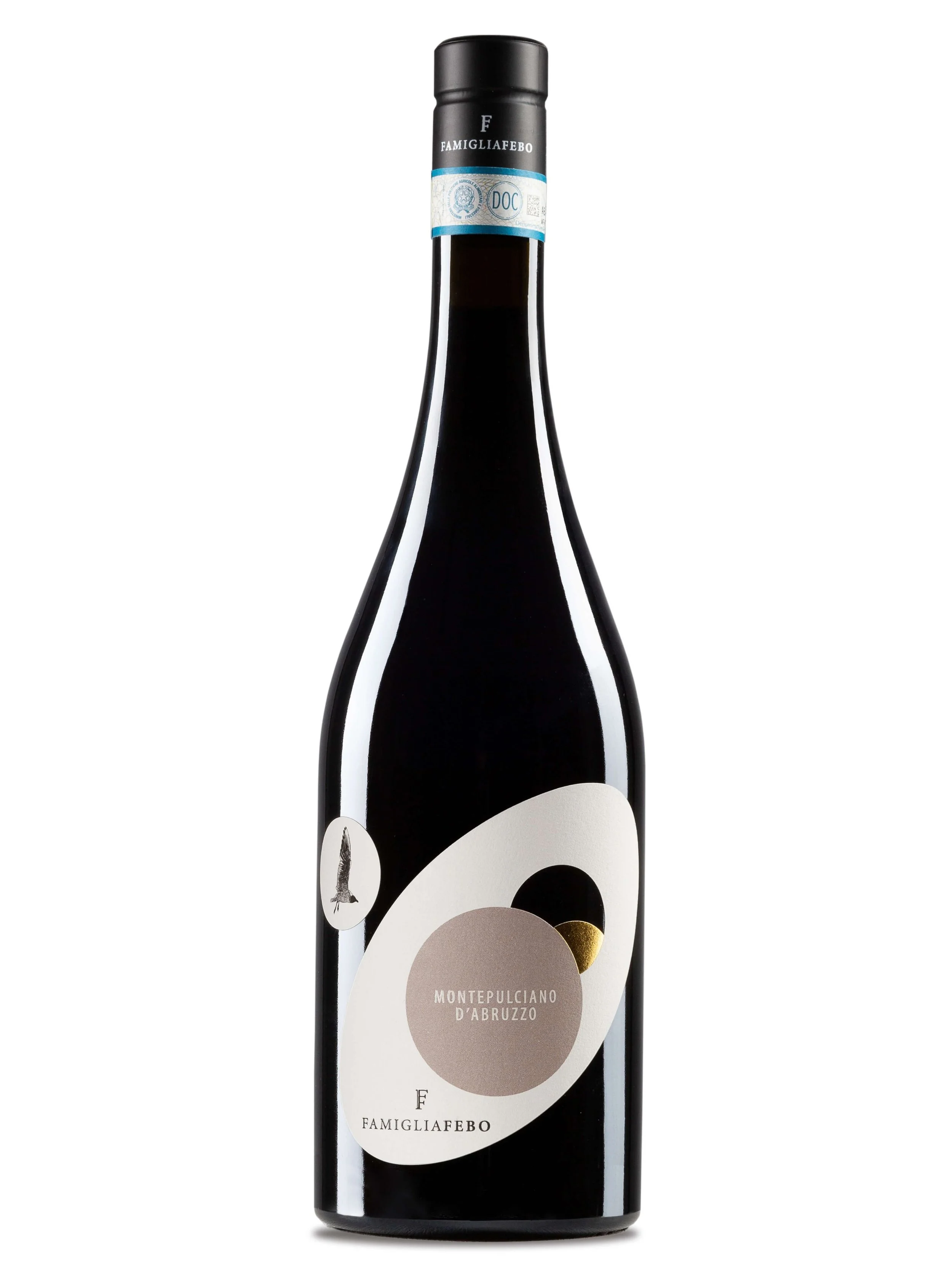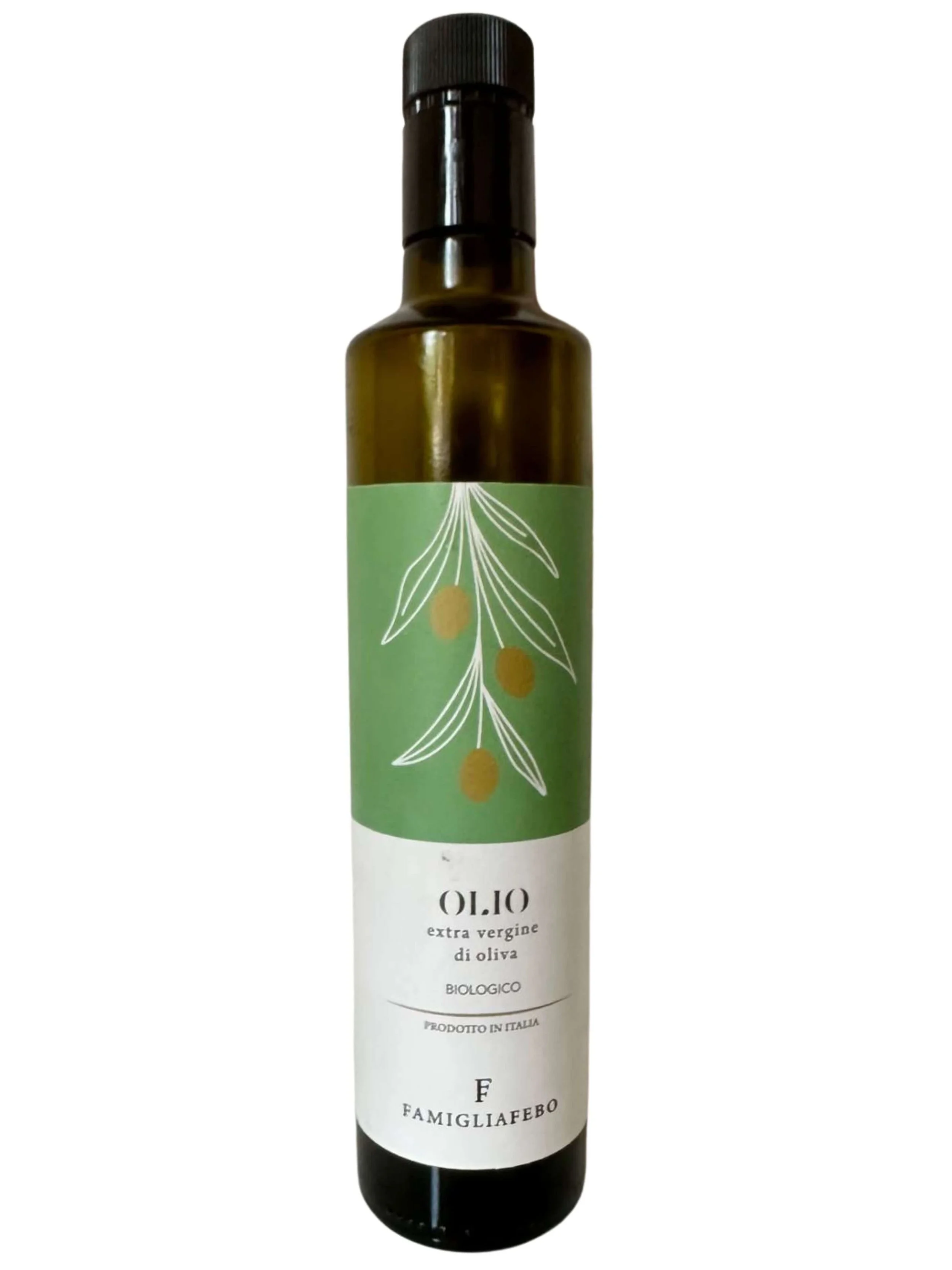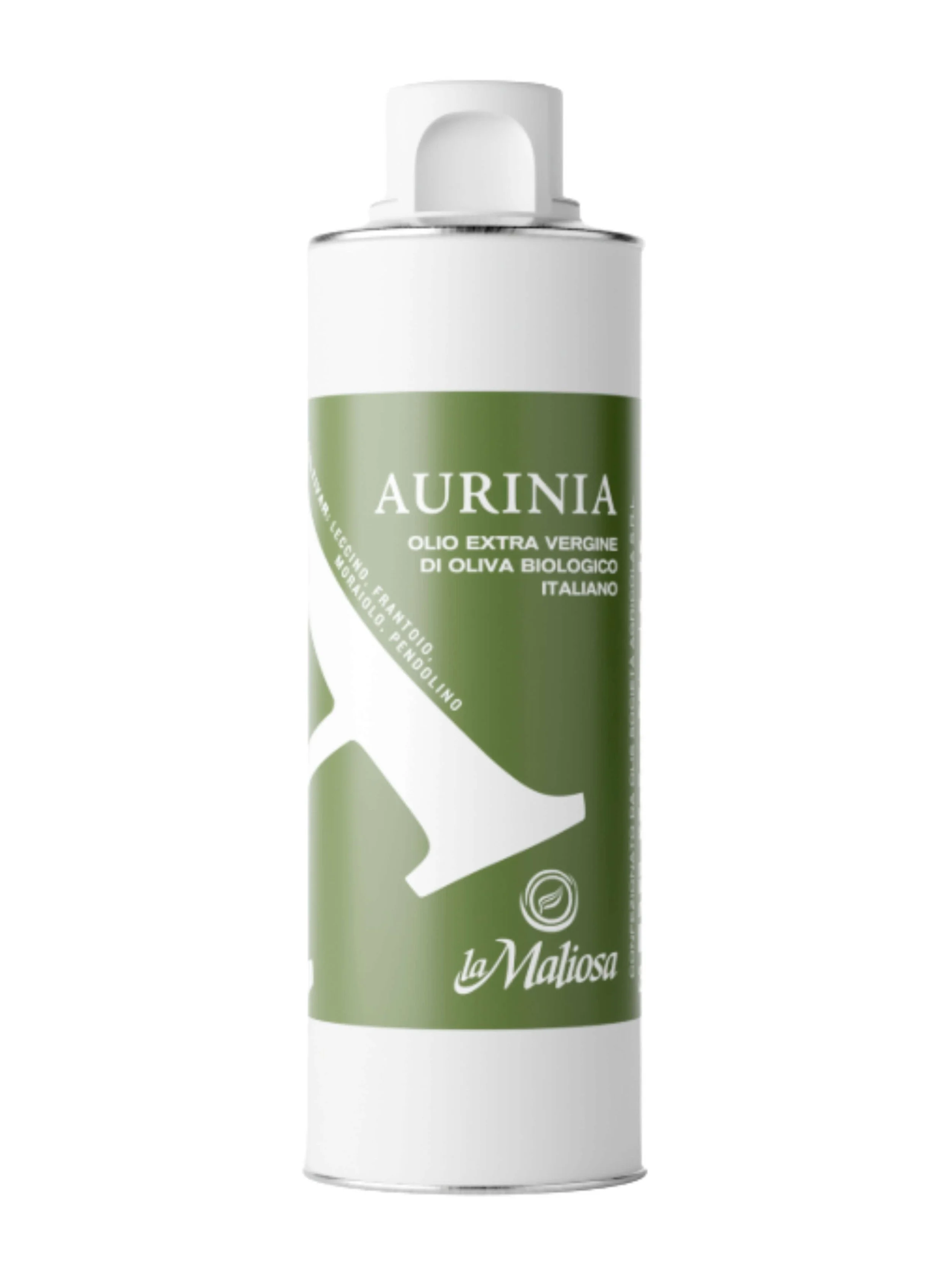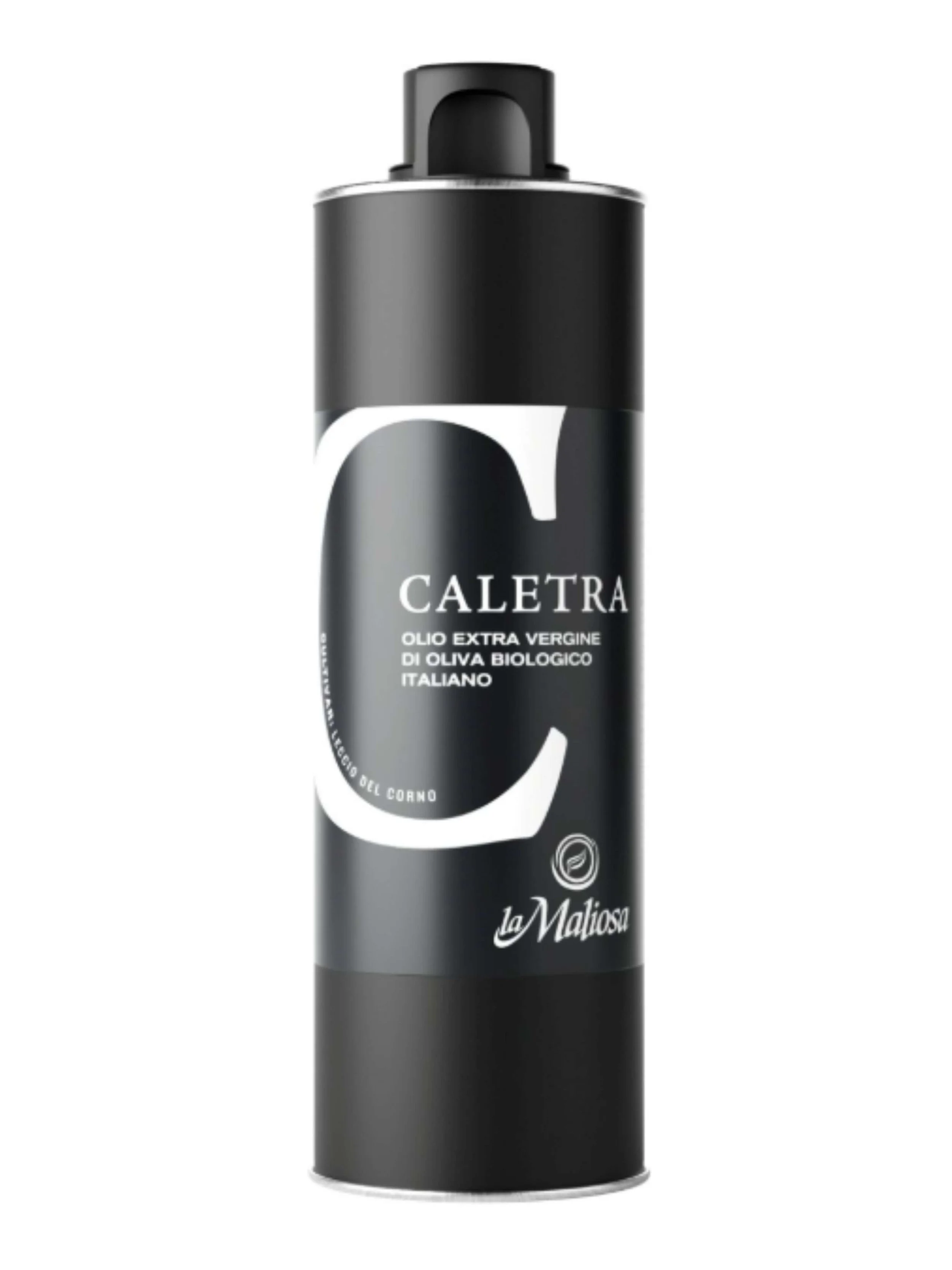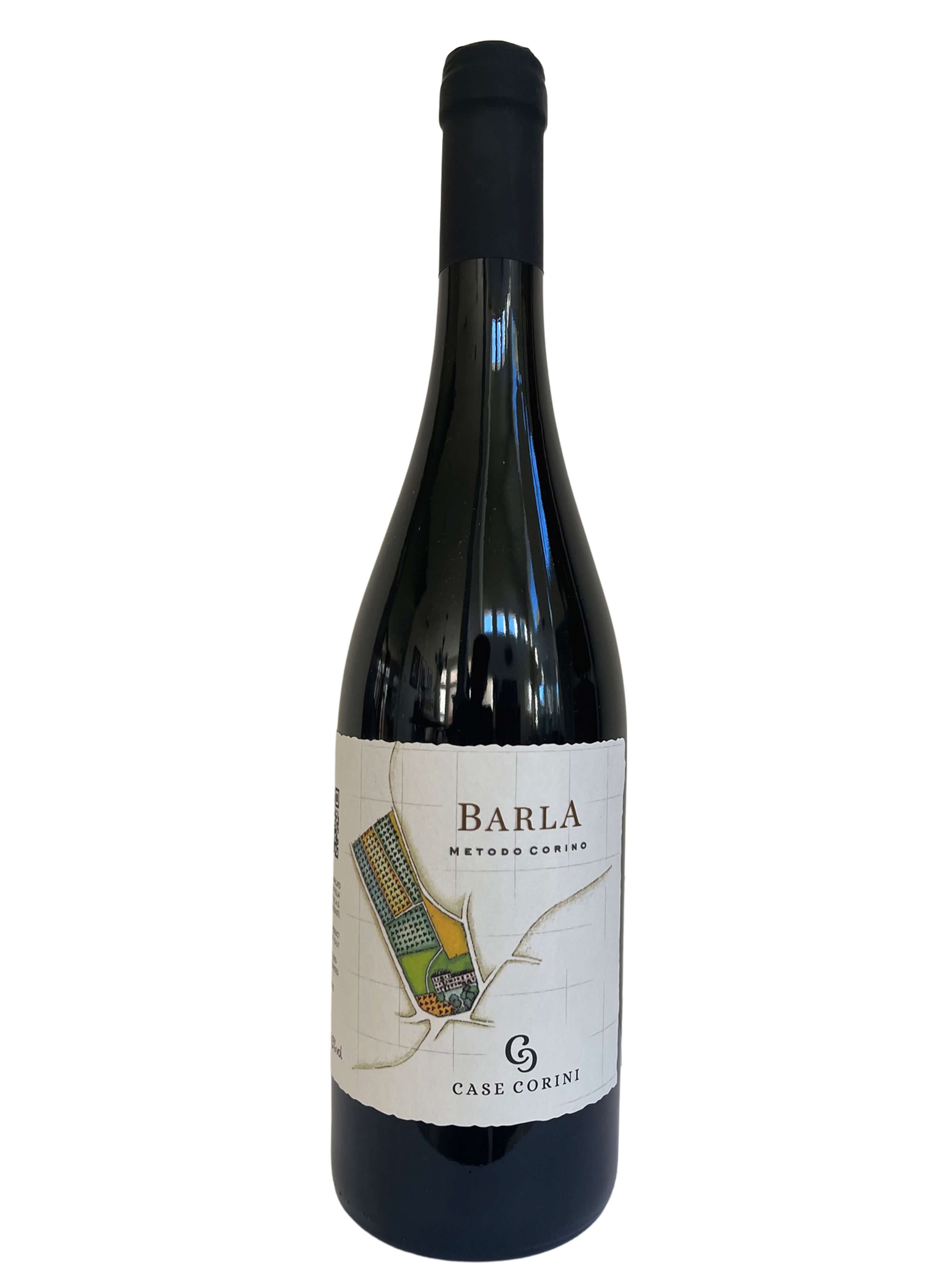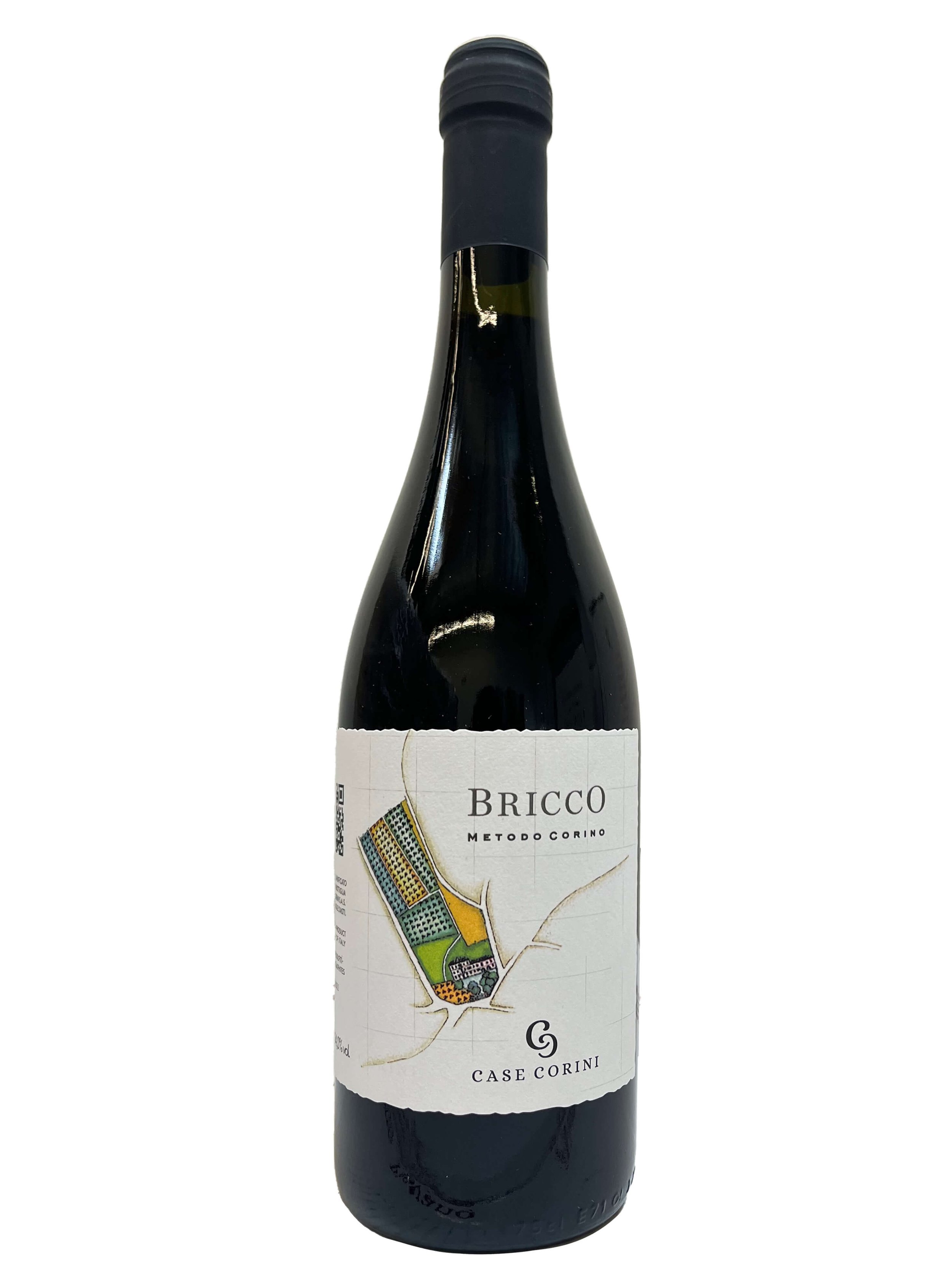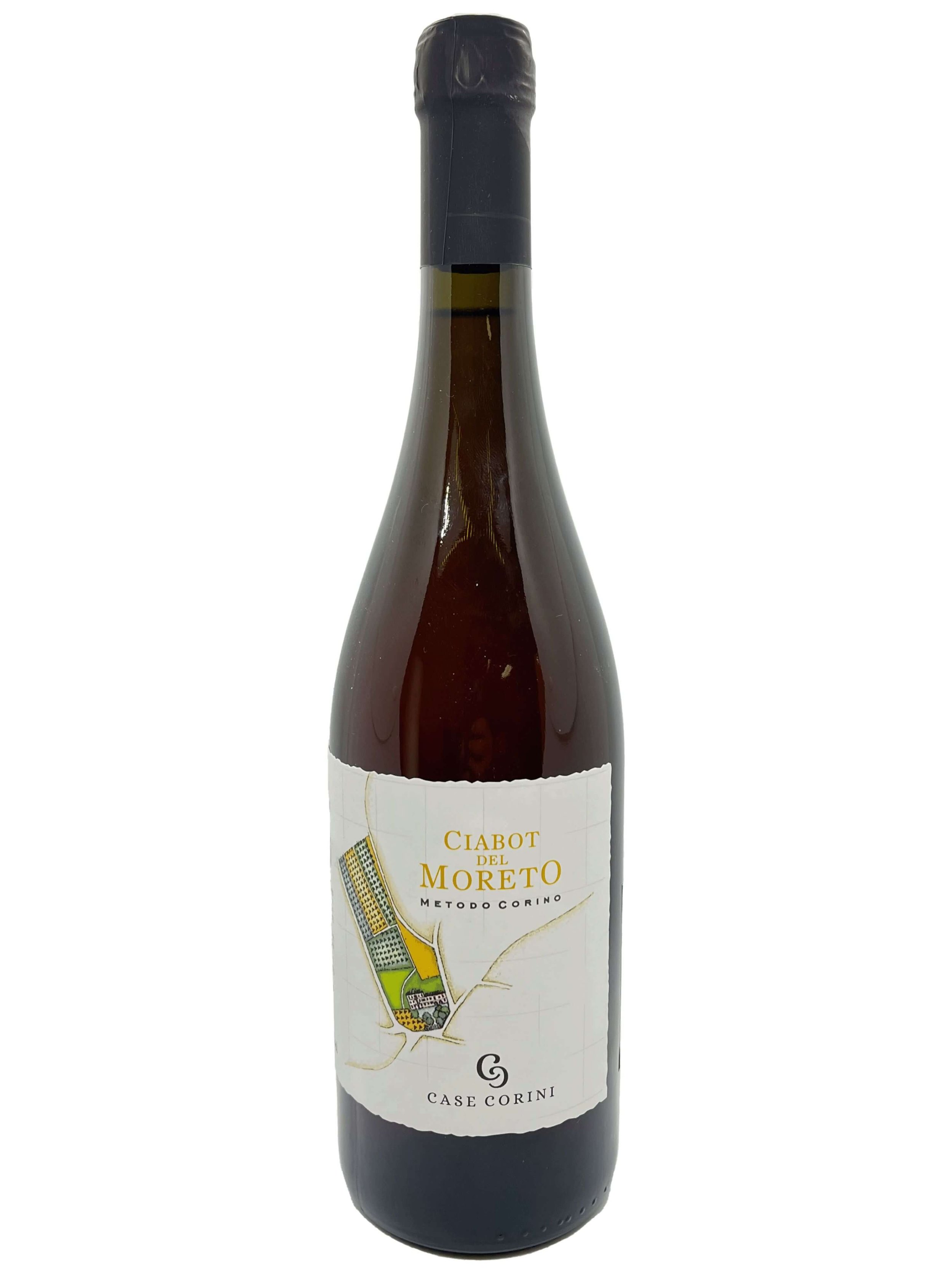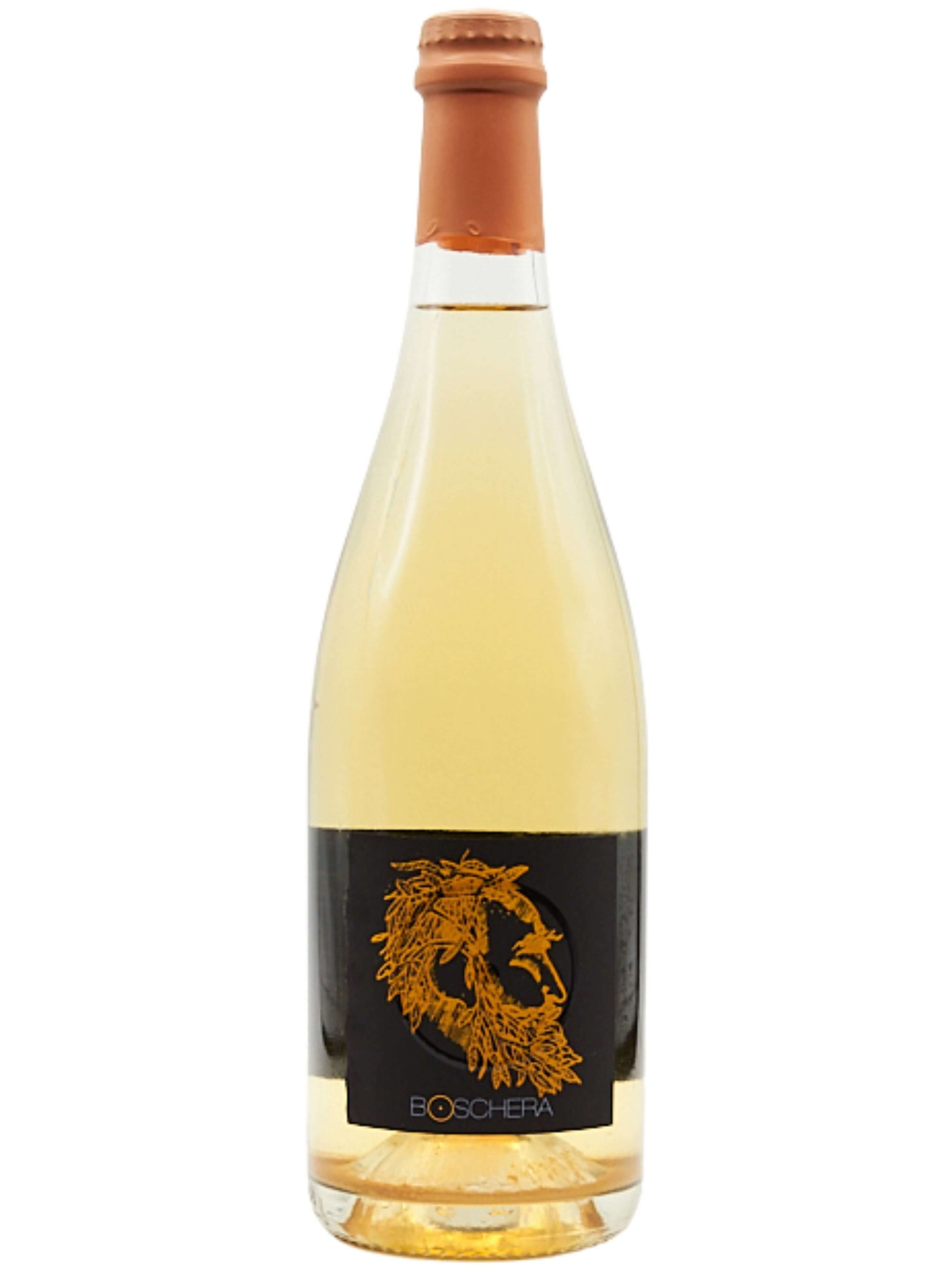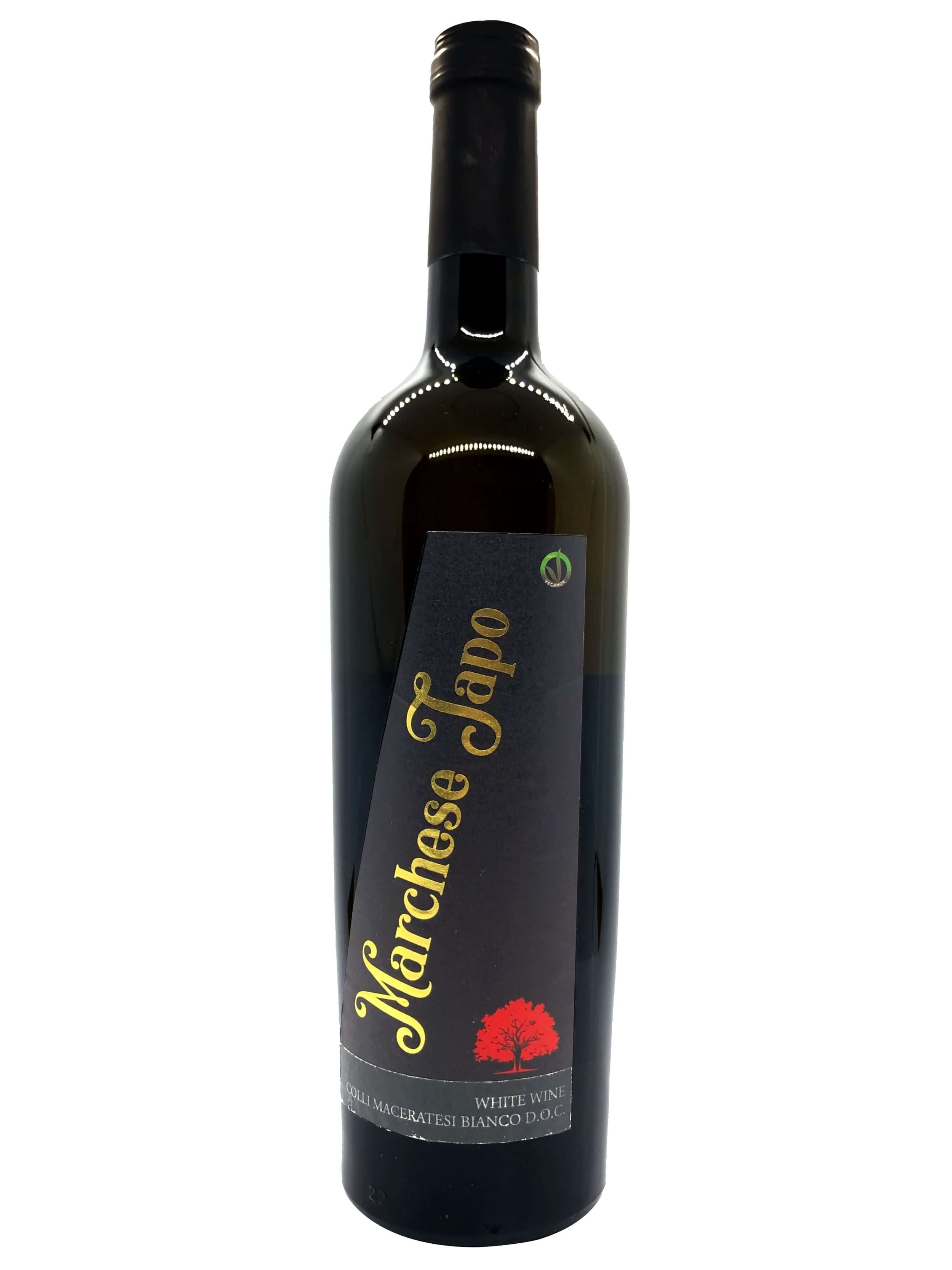Explore Flavors in Wine
Ever watch a sommelier sniff and sip a wine and rattle a bunch of stuff that they smell and taste in the wine? Then you sit there scratching your head in wonderment, thinking “How do they do that?”
It doesn't have to be! The truth is, our brains are incredibly adept at sensing the world around us, and that includes the complex flavors in wine. Understanding the flavors in wine is a fundamental part of appreciating and enjoying what's in your glass. While "taste" is one component, "flavor" is actually a much broader sensory experience, combining both what we smell and what our taste buds detect.
In this article, we lean in on what flavors are in wine and examples of them, so to help you better identify them yourself, so to lead you to a much higher level of fun discovery as you continue to explore more the world of wine.
We have examples of wines with each flavor to give a concrete real world example to help learn and recognize these common flavors. So let’s build some foundational wine knowledge to help us understand and describe the wines we love explore and discover.
What is Flavor
Before we get into specific flavors, let's clarify what "flavor" actually is. Flavor seems like a simple concept, if you think of the outcome, e.g. “I taste strawberries,” yet, to get you to that conclusion is an intricate process integrating our mind and body.
Identifying flavors involves much more than just what your tongue detects; it's a complex sensory experience. As we've discussed in previous articles on balance in wine and the five main tastes, our sense of taste and smell are so tightly linked that they act as one in the tasting process.
Your tongue, equipped with taste buds, picks up the five basic tastes: sweet, sour, bitter, salty, and umami. These are the fundamental building blocks. However, the real magic happens when aroma joins the party.
As you drink, chew, and swallow, the aromatic compounds from the wine move up into your nasal cavity. These odors combine with the taste sensations from your taste buds, sending a combined message to your brain. The "output" your brain receives from this intricate dance of senses is what we call flavor (like strawberries as the output).
Think about it: when you have a stuffy nose, food tastes bland, right? That's because your sense of smell, crucial for perceiving aromas, is blocked. Similarly, you might remember as a child your parents pinching your nose to make medicine taste less bad – that was to block the retro-nasal aromas. This incredible, interconnected system of taste, smell, and even tactile sensations (like mouthfeel) is why wine tasting is so engaging: it's an intricate neurological interpretation that determines our pleasure and enjoyment.
It's also important to remember that everyone's palate is unique. Our individual mouth chemistry, personal experiences, memories, genetics, cultural background, and even our likes and dislikes all play a part in how we perceive tastes and aromas. What one person finds intensely sweet, another might perceive as only mildly so.
This subjectivity is why it's helpful to refer to "categories" of flavors when describing wines. While we might tell you exactly what we taste in a wine, identifying a general flavor category provides a broader idea of what to expect, allowing you to imagine the wine flavors more easily.
Categories of Flavors Commonly Found in Wine
While the possibilities are endless, after all sensory experiences like flavor and taste are highly subjective based upon an individual’s previous experiences and memories, there are few “generally accepted” categories and flavors that wine professionals and lovers around the world find in wines. These common flavors are usually grouped by similar types of flavors, including flavors that come about as a result of aging wine.
Some flavor categories might be more common in certain types of wines (e.g., finding red fruits in red wines, green fruits in white wines, and leather in aged wines), and this is a result of chemistry. A lot of the aromas that help create these flavors are based upon specific chemical compounds (such as black pepper from rotundone or roses from terpenes), and certain grapes produce different chemicals, as well as different quantities, than others (for example, Schioppettino that has a lot of rotundone which gives it classic peppery flavors). Same goes for aging processes, which can create or enhance certain compounds.
Starting from top left and going clokwise: Spices in Case Corini wines, herbs in Febo wines, yeast and bread in Zanon’s Boschera, apples in Thaya’s Chardonnay, red fruits in Ivaldi’s barberas, and chamomile in Ivaldi’s Moscato d’Asti.
So, while the possibilities are endless, here are some of the most traditional and commonly recognized flavor categories you'll encounter in the wine world, along with examples of wines that typically exhibit these flavors.
Fruits
Our largest category, fruits are often subdivided to be more precise, although a general descriptor of “fruitiness” often can give a good general idea.
When determining the type of fruit you get in a wine, a good rule of thumb is to correlate with the wine's color with the fruit’s color (like red fruits in red wines, green fruits in white wines, etc.):
Green Fruits: This category includes fruits like apples, pears, and gooseberries. Sometimes we might even consider the flavor of grapes themselves as part of this category. Remember, you can get really deep with this category, talking about different colors of apples like green, red, or yellow, as well as different types of ripeness like ripe or unripe pears.
Example: Unoaked Chardonnay, like Thaya’s Chardonnay from the Czech Republic, often presents lovely flavors of various apple types.
Citrus Fruits: These are fruits like oranges, lemons, limes, grapefruit, and sometimes even bergamot. We can see flavors manifest as the juice, zest, skins/peels, or even the bitter pith (the white part between the fruit flesh and the peel).
Examples: Lemons and lime are prevalent in Thaya’s Moravian Muscat (you can get the flavor experience of Sprite in this wine). You can find grapefruit flavors of both juice and pith in Sandro de Bruno’s Durello 60 Month Sparkling Wine.
Stone Fruits: These are fruits with a pit, such as peaches, apricots, and nectarines. With fruits like peaches and nectarines, try to see if you can distinguish between white and yellow versions of the fruit. While stone fruits are often more associated with white wines, plums, while technically a stone fruit, are more associated with red wines. As it turns out, wine experts normally don’t cite plum as a stone fruit, unless it’s a white plum ;)
Example: Febo’s Parella is known for its peach flavors, sometimes with a delightful hint of aromatic herbs for complexity.
Tropical Fruits: Typically associated with ripe, sometimes sweeter, fuller tastes, these flavors can include bananas, mango, pineapple, passionfruit, various melons, and even lychees.
Examples: Look for banana and papaya flavors in Febo’s Rolland, made from the pecorino grape.
Black Fruits: These tend to be deeper, and sometimes even jammy flavors, and encompass the flavors of blackberries, blueberries, black cherries, and black plums.
Examples: Thaya’s Saint Laurent or Ojai Pacific View’s Dolcetto frequently display juicy black plum flavors.
Strawberries, roses, and hibiscus (not pictured) are flavors found in Ivaldi’s Brachetto d’Acqui.
Red Fruits: Sometimes even called small berries or "small fruits," this category includes strawberries, raspberries, currants, cranberries, and red cherries, but we also find crunchy red plums as well here.
Examples: Frignano’s Sgarbato Uva Tosca Pet Nat tastes like cranberry juice, Ivaldi’s sweet sparkling Brachetto d’Acqui brings out ripe luscious strawberries, and barbera-based wines like Ivaldi’s Piccona Barbera d’Asti and Nizza DOCG have every type of cherry flavor imaginable!
Flowers, Herbs, and Nature
Floral: As the name suggests, these are aromas and flavors reminiscent of flowers. Think orange blossoms, roses, violets, honeysuckle, chamomile, and jasmine.
Examples: Ivaldi’s Brachetto d'Acqui showcases delicious rose and hibiscus notes, while Ivaldi’s Moscato d'Asti tastes like blossoms and chamomile tea.
Herbal: When we think “herbal” we think things like aromatic herbs (rosemary, basil, oregano, or dill) or more balsamic sensations such as eucalyptus or medicinal notes.
Examples: Aldo Clerico's Barolos (especially his single vineyards Serralunga d’Alba and Ginestra) have complex balsamic and eucalyptus flavors. We also taste lots of aromatic herbs like rosemary in Febo’s Cerasuolo d’Abruzzo.
Minerality: Here, we are looking for almost a sensation, but we liken minerality to a sapid, salty flavor akin to licking a rock. It can be likened to flint, wet stones, chalk, or even just pure salt.
Examples: Michi Lorenz’s Schist Happens Sauvignon Blanc, named after the mineral-driven soil where the grapes grow, is a prime example of a wine exhibiting distinct minerality.
Herbaceous: This category encapsulates the green, grassy, and vegetal sensations we can find in wine. Think of it as the vibrant scents of a garden or a walk through the countryside. These are aromas and flavors like freshly cut grass, tomato leaf, green bell pepper, or even asparagus. More broadly and philosophically, it can evoke the very essence of nature intertwined with the vines, from the crisp scent of a field after rain to the fragrant air while walking through a verdant vineyard, perhaps even catching the aroma of wild herbs growing alongside the vines. These herbaceous qualities often shine through in wines that are true expressions of their terroir. At Vero, we specialize in discovering these minimal-to-no-intervention natural wines precisely because they so authentically reflect the land they come from. You can almost feel yourself walking through the vineyard with each sip, experiencing the very ground the grapes grew on. Meaning, a lot of wines that we represent can have herbaceous elements as we specifically search for wines that can represent their terroir in the best way possible.
Examples: The wines from Abruzzo winery Febo or the Tuscan woman-owned winery La Maliosa give us fantastic examples of herbaceous wines. Both wineries craft natural wines that truly embody their terroir, allowing you to taste the very essence of their land through these herbaceous notes. (Bonus: both wineries also produce extra virgin olive oils with wonderfully herbaceous flavors as well!)
Lots of spices are found in Case Corini wines.
Spice, Aging, and Winemaking Derived Flavors
Spices: These can be sweet baking spices like cinnamon, nutmeg, vanilla, or cloves, or more savory spices such as pepper, licorice, curry, or ginger. Spices can be inherent to the grape variety or result from barrel aging.
Examples: Case Corini wines, thanks to extended barrel aging, can offer a beautiful array of both sweet and savory spices. A peppery Schioppettino is another example of a grape with inherent spice flavors.
Dried Fruits: These flavors often develop with significant aging or in certain sweet wines. For dried fruit flavors, we want to sense nuts, dried apricots, raisins, figs, prunes, and honey.
Examples: Sweet wines like Braschi’s Sweet Albana and Vigna Petrussa’s Desiderio often exhibit these notes due to their sweetness or dried grapes. Case Corini’s Ciabot del Moreto, an orange wine, can present dried apricot and honey from its unique skin maceration.
Yeast: This category stems from wines aged in contact with their native yeasts (lees), imparting flavors like bread, toast, and pastries.
Examples: Traditional method sparkling wines are well-known for this, but for a unique take, try Zanon’s Pet Nat Boschera, offering an umami bread crust character.
Malo (Malolactic Conversion): A distinct and rather singular category resulting from malolactic conversion, where malic acid is converted to lactic acid, our flavor here is a buttery, creamy texture and flavor, with sometimes even cheesy flavors coming through.
Examples: Quercia Scarlatta’s Marchese Japo, with its time on the lees, can deliver lovely buttery cream flavors.
Oaky and Aging Flavors: Often found together, these flavors arise from long aging, particularly in oak barrels. They can include notes of leather, additional spices, forest floor, earth, smoke, chocolate, and tobacco, suggesting rich, complex, and intense profiles.
Examples: Case Corini’s Centin, aged for a long time in oak, can offer a symphony of leather, vanilla, cloves, and earthy forest floor notes
It’s Time to Practice!
You know what they say… practice makes perfect! And recognizing all these flavors and aromas in wine gets easier when you taste with others to compare and contrast the flavors others get, like when someone blurts out, “this wine tastes like cherries!”
Start practicing with the wines we called out in this article, or explore our full portfolio here where in our product descriptions you can find what we think the wine tastes like. We sell our curated small production, farm to glass wines to both businesses and consumers across the US:
If you are a distributor reach out to us introduce our highly curated portfolio of one of a kind small production wines to your state.
We sell to wine stores and restaurants in certain states - contact us to learn more.
If our farm crafted natural wines and olive oils are not in your local shop or restaurant, buy wine online here, and we’ll ship it to you, including wine gifts.
We also have an award winning wine club for true wine explorers that are seeking to continually discover unique, sustainable and authentic small production wines they never had. These are wines selected by our sommeliers and curated for each box.
We do corporate gifts and sommelier guided wine tastings. Email us and we’ll tailor unique and sustainable corporate gift ideas.









